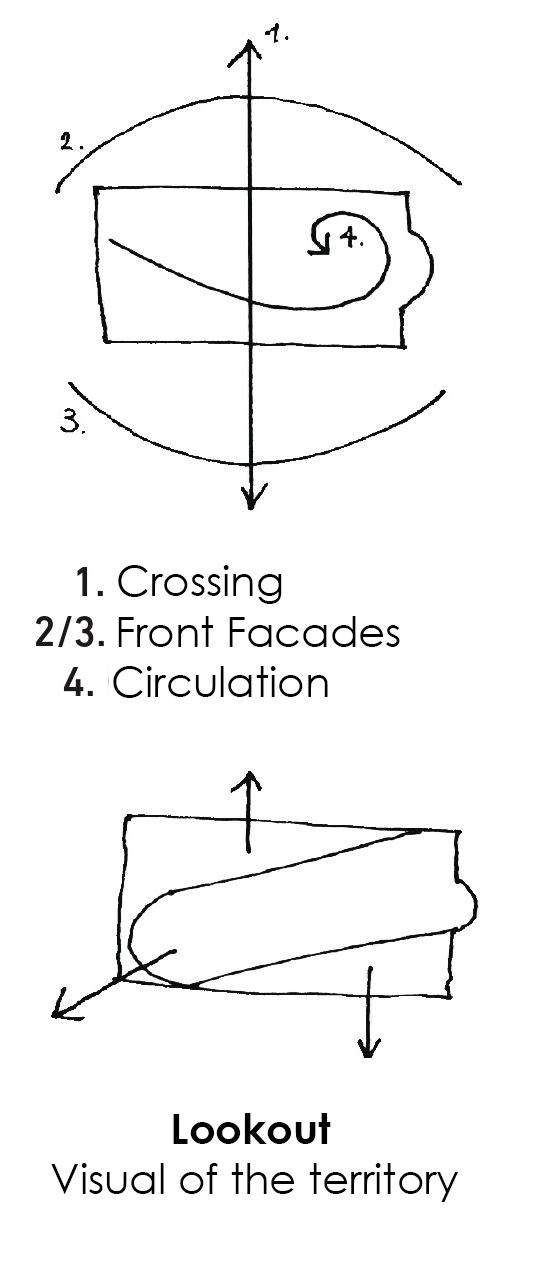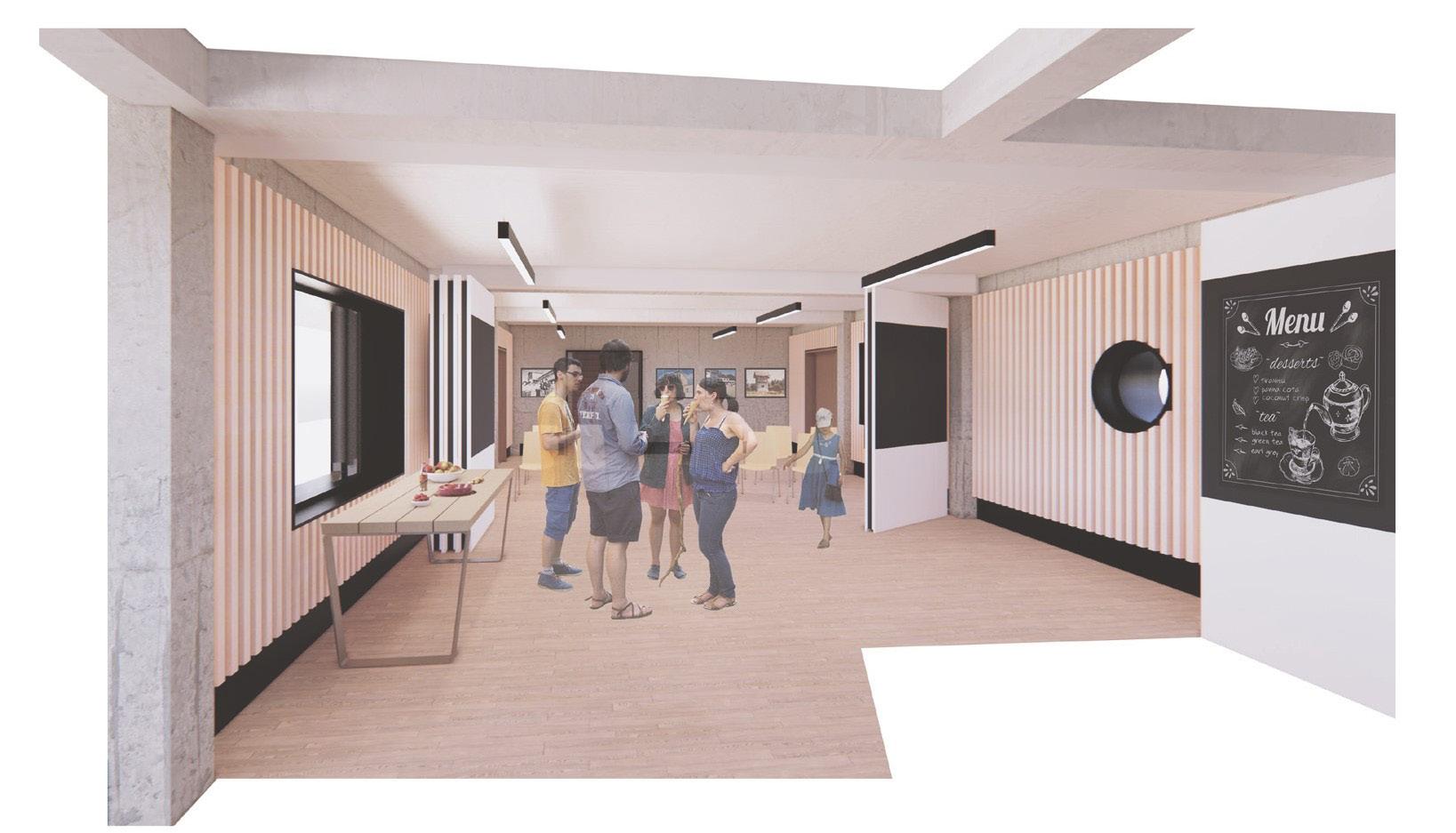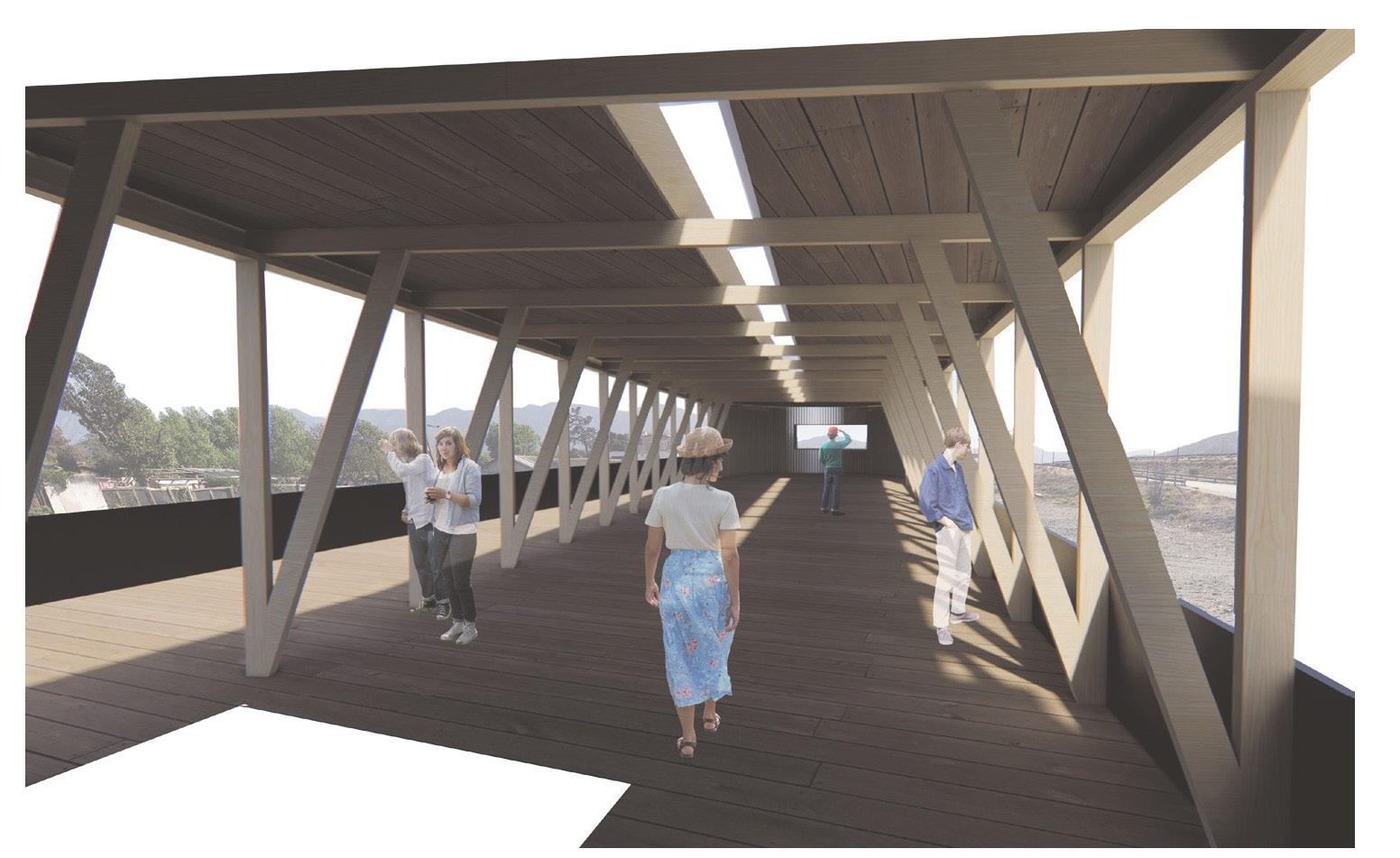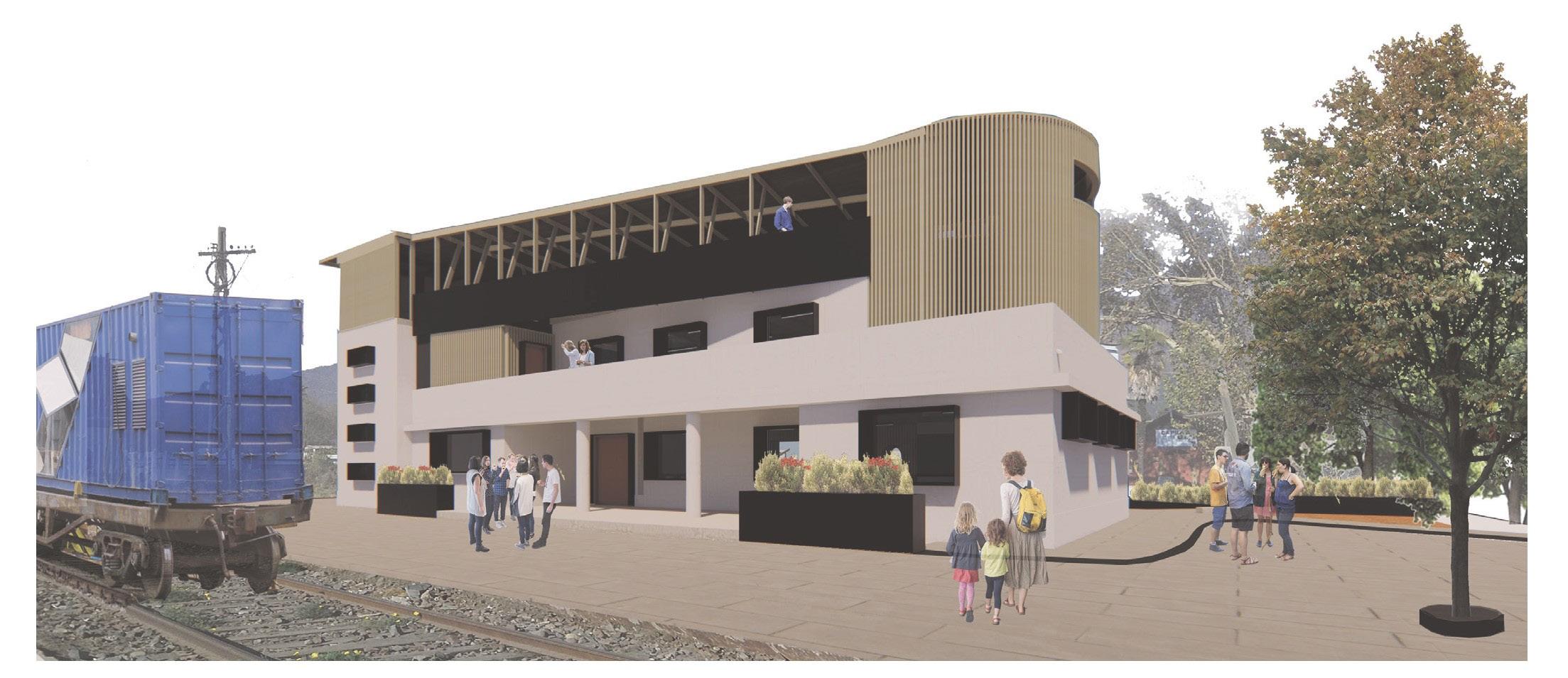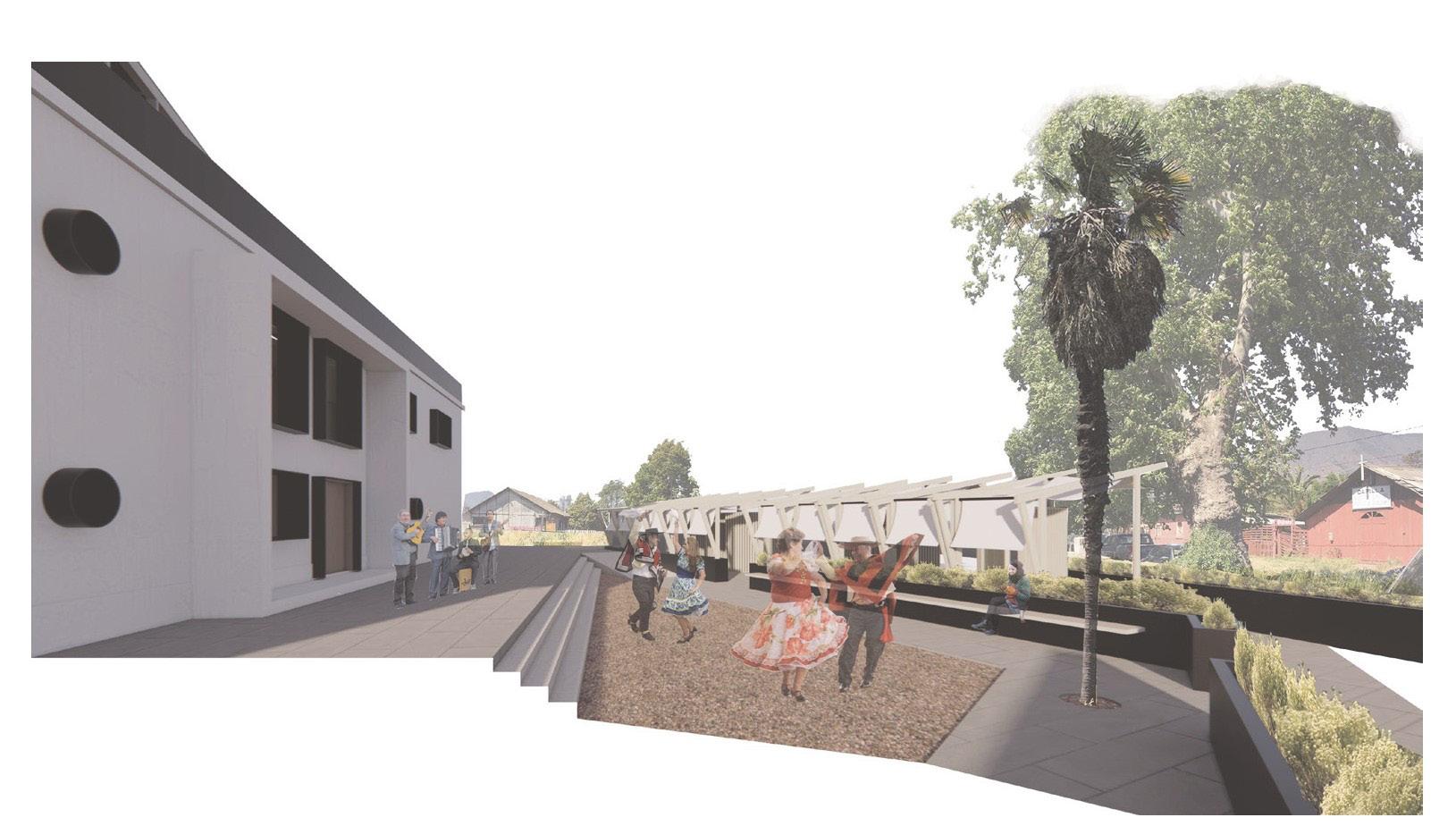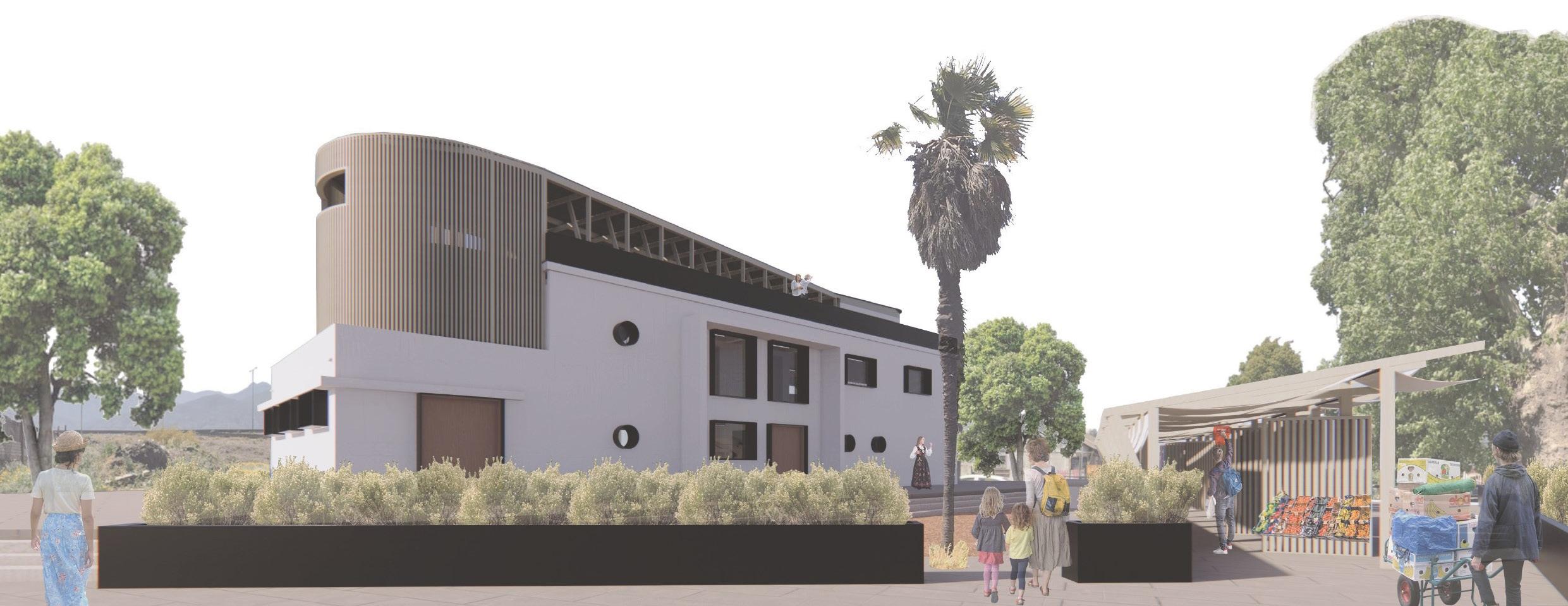
1 minute read
OCOA RAILWAY STATION
by Diego Tapia
The town of Ocoa is characterized by its great agricultural influence, mainly in its flowers and nurseries. agrotourism is a modality that has been quite successful in the sector.
Ocoa is also an area with a strong link to La Campana National Park, being part of this important biological corridor of the region, being La Campana hill an important visual landmark of this territory.
Advertisement
Spatially speaking, Ocoa is characterized by the looseness of its spaces and the lightness of the constructions that are located giving importance to the territory.
The Ocoa train station began operating in 1863, being part of the Santiago - Valparaíso line. The constant transport of passengers and merchandise made the town grow around the station. In 1995 the ticket offices were closed and the passenger transport ended. Today the tracks are still in operation, moving freight trains but without stops on site.
The station has a modern architecture, with a reinforced concrete structure. In spite of not being in operation, the station is a landmark of the place. Its dimensions propose a public use and a community meeting place.
The way to circulate through the station is by crossing it, generating a link between the exterior and interior of Ocoa, in addition the building has no reverse, both facades are exposed with equal importance.
Since a couple of years ago, the residents of Ocoa began to organize themselves and have been able to create a network of cooperative support among different social organizations such as neighborhood councils, folkloric groups, sports clubs, etc.
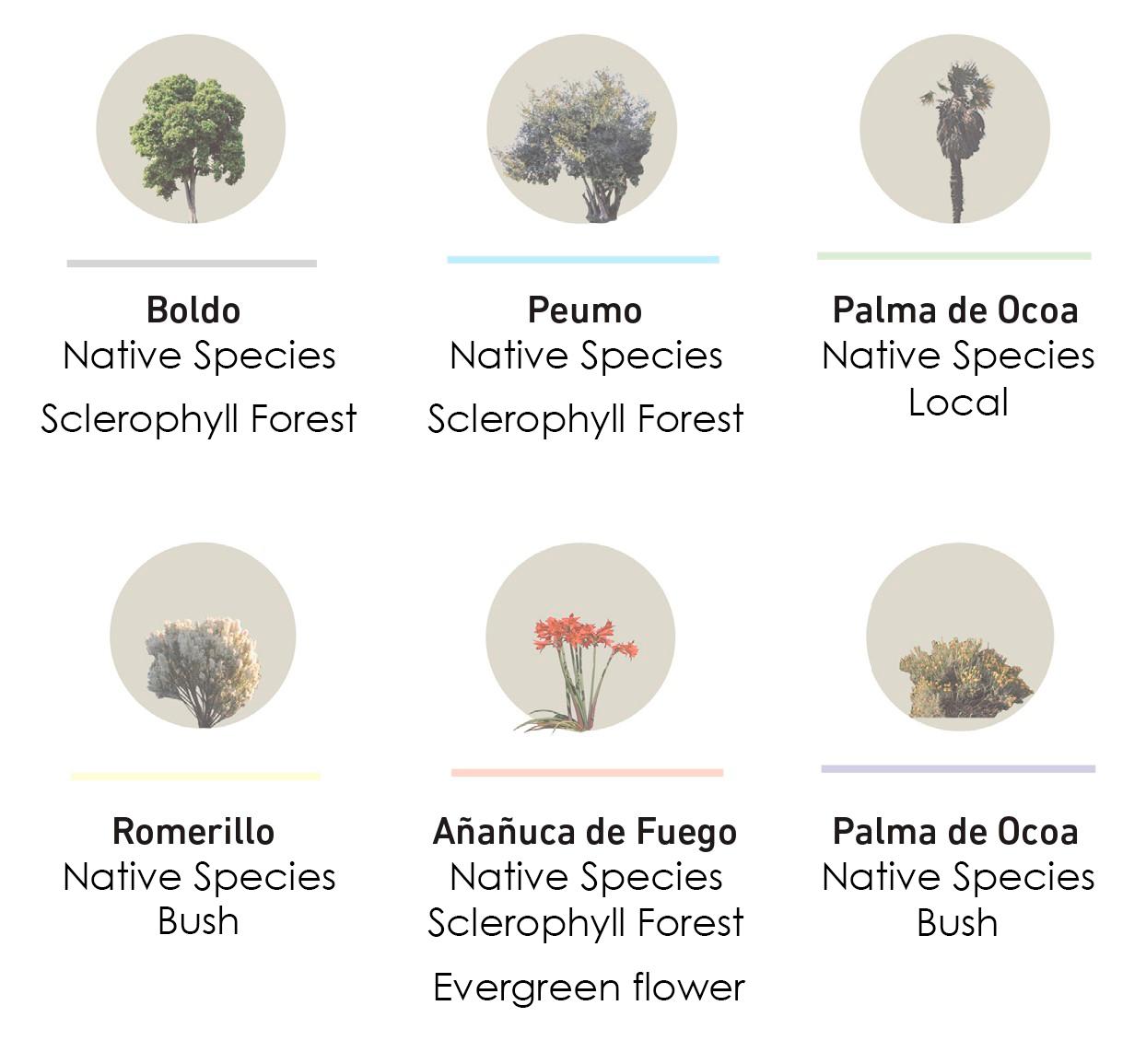
All this, added to the intervention of the organization “Trenzando”, created a desire to rehabilitate the station and create a space for all the neighbors and their activities.
Through citizen consultations, a new program responds to the desires and needs of the inhabitants, including places for the sale of products and spaces for rehearsal and artistic performance.
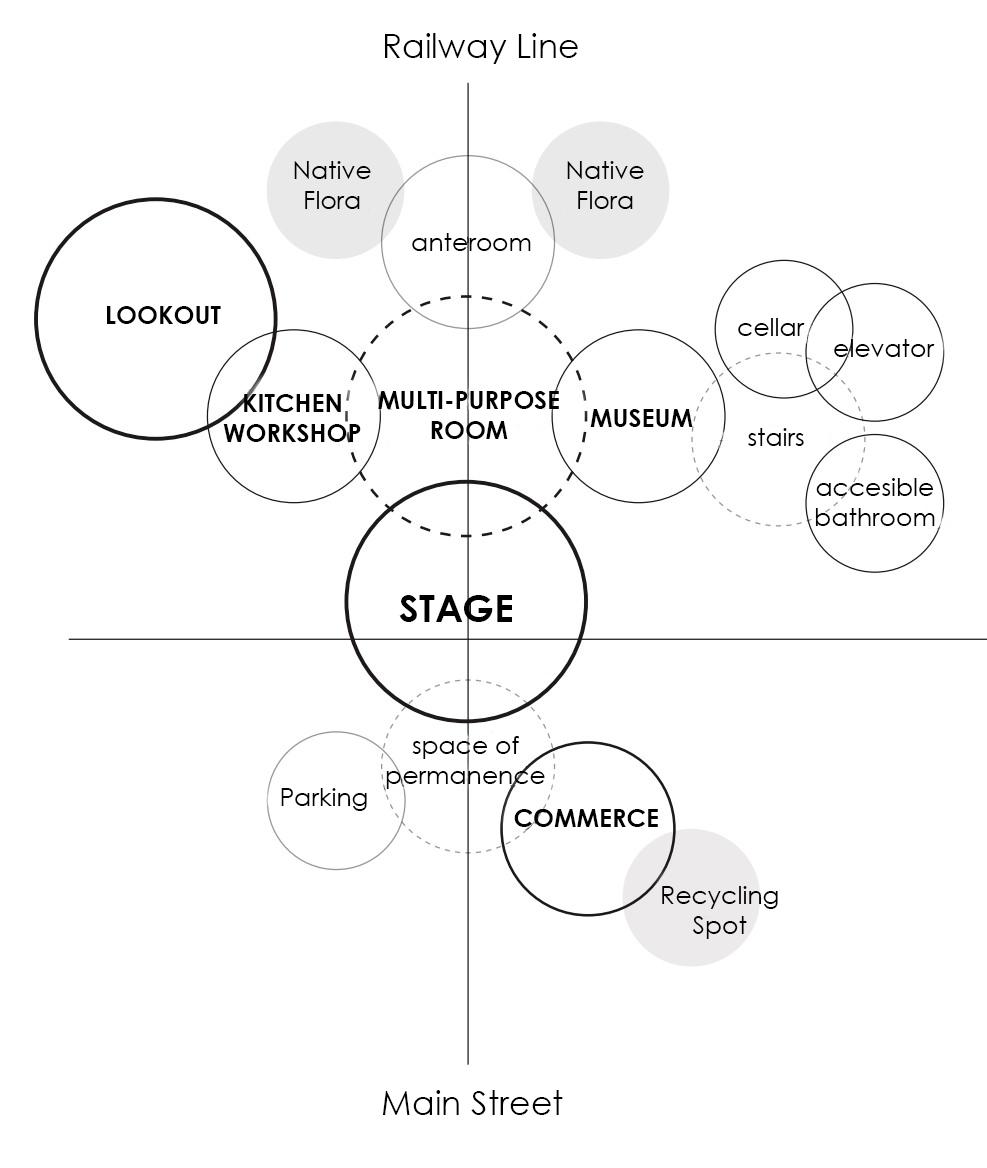
The proposal includes everything previously mentioned, first of all the original structure is rescued, its facades with equal importance and its materiality, complemented with wood and steel. Community meeting spaces are created where the versatility of the spaces predominates, with multipurpose rooms for workshops and rehearsals, as well as a large outdoor space with a stage, a permanent place for the sale of products, a clean point and recreational areas.
The spaciousness of the place is highlighted in the proposed areas, which facilitates and enhances the universal accessibility to all the enclosures.
In addition, the link with the territory is enhanced in two ways. The first is with a viewpoint at the top of the station, from which there is visual control of the landmarks of the territory, mainly the la Campana hill and the second is the implementation of the sclerophyllous flora of the place.
